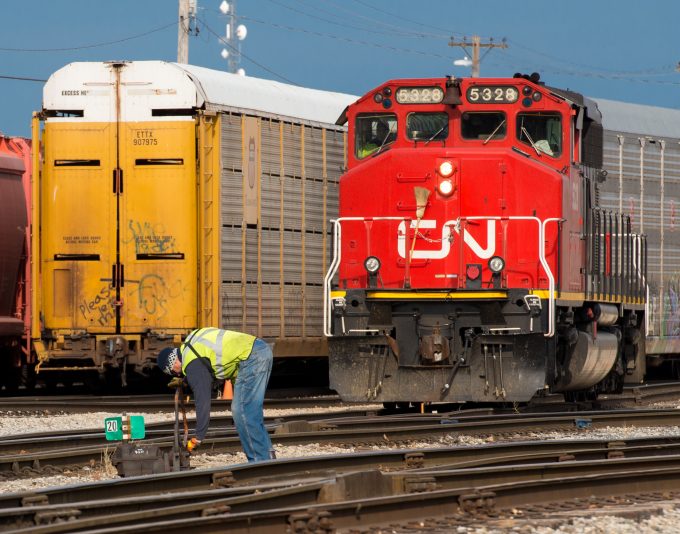Shipper fears resurface as Canadian rail workers renew vote for strike
Shippers are planning for supply chain disruption this month, after Canadian rail workers affiliated with ...

Trains have again been limping out of the port of Vancouver to the Canadian interior, due to damaged tracks and increased safety measures.
Meanwhile, at the port, vessels are piling up, prompting warnings of lengthy delays.
The devastating wildfires that ravaged the Canadian town of Lytton and the nearby First Nations community this month continue to take a toll on freight traffic moving through the Fraser Canyon Valley to and from the port of Vancouver.
The fire damaged the tracks of both Canadian ...
Outlook for container shipping 'more uncertain now than at the onset of Covid'
Teamsters union vows UPS will be 'in for a hell of a fight' over jobs cull
Shippers warned: don't under-value US exports to avoid tariffs – 'CBP will catch you'
Cancelled voyages take the sting out of spot rate declines this week
New Houthi warning to shipping as rebel group targets specific companies
K+N CEO unveils impact of US import tariffs on China-origin goods
Blanked sailings in response to falling demand 'just a stop-gap solution'
More pressure on transpacific rates as carriers bet on a China-US trade deal


Comment on this article